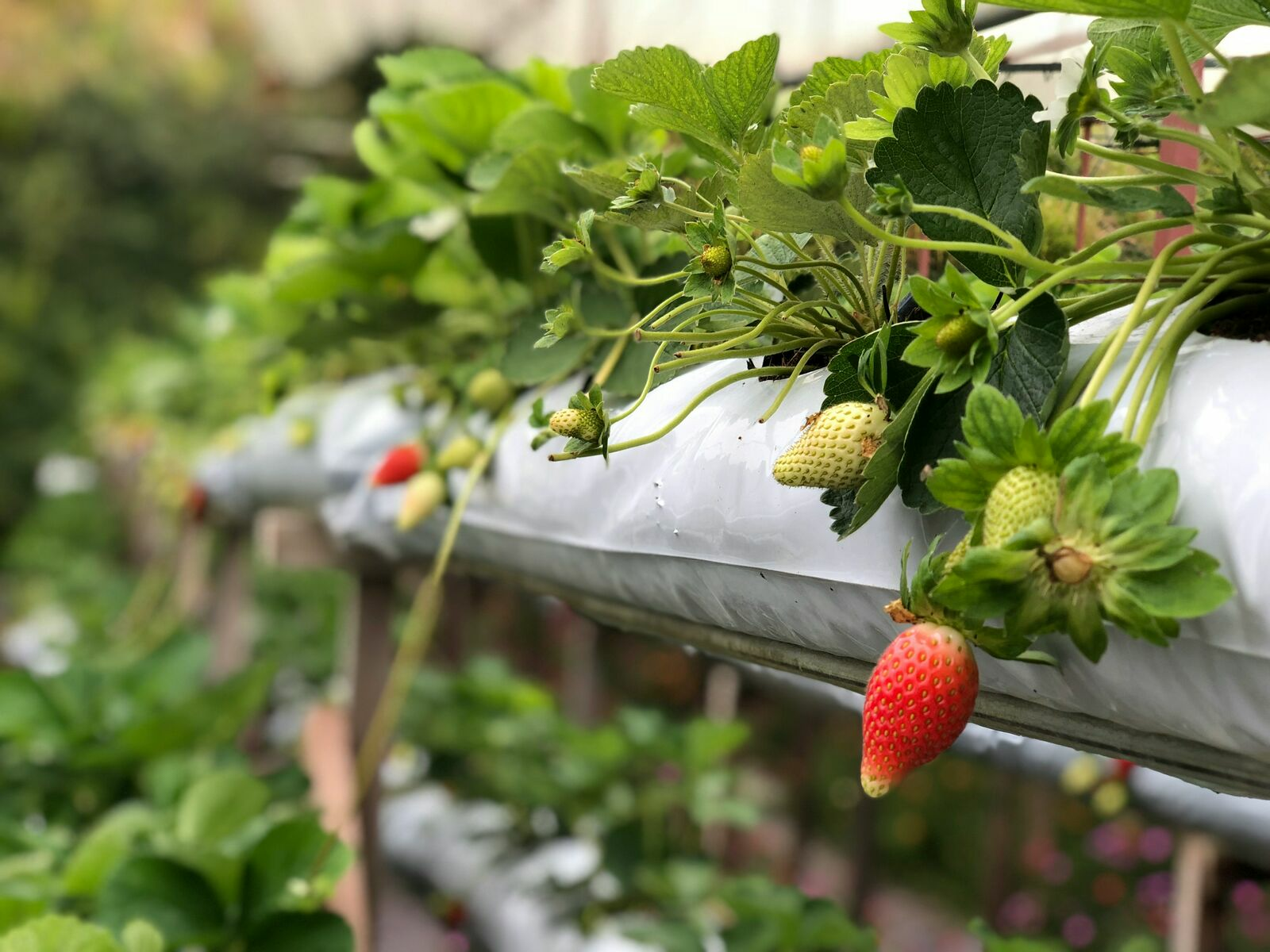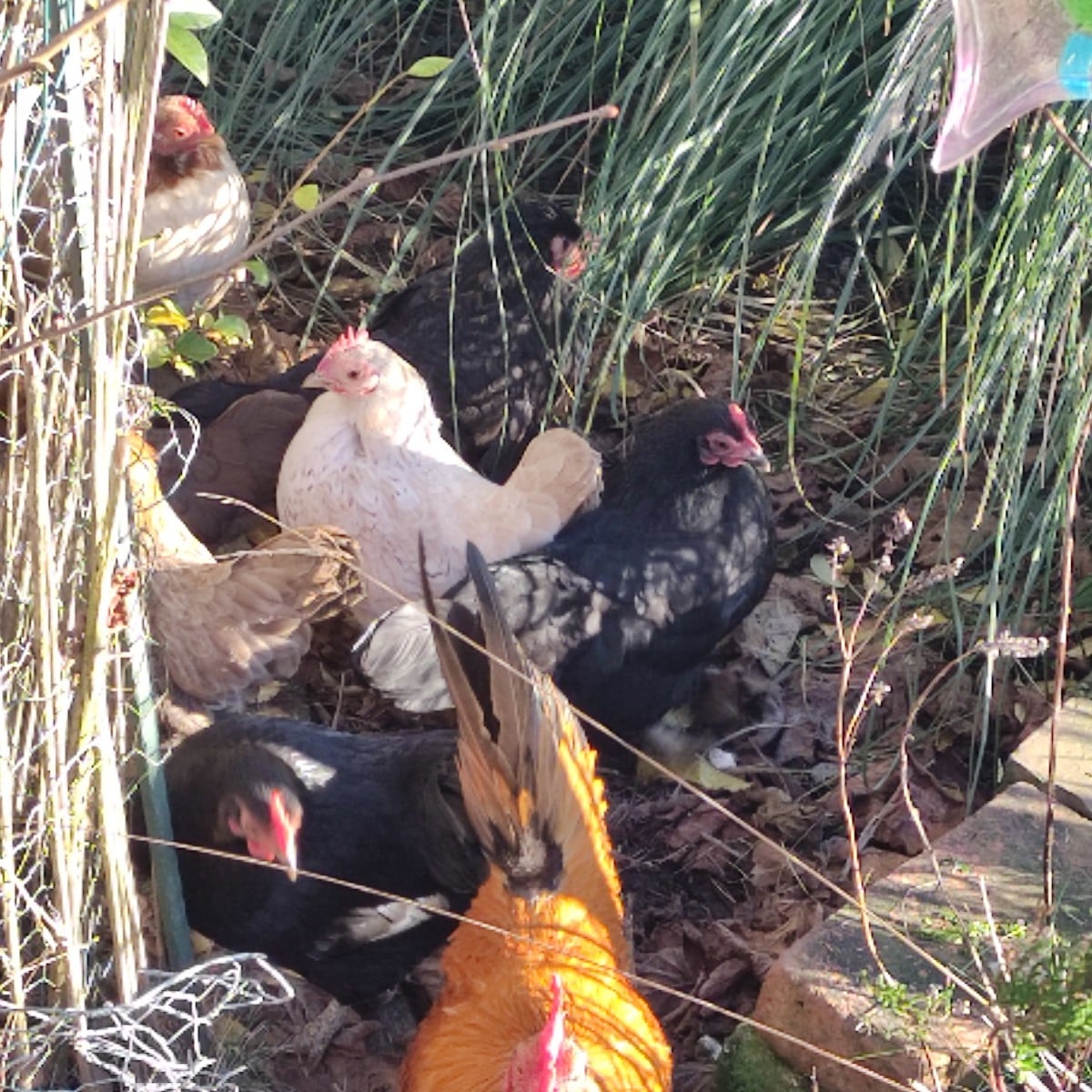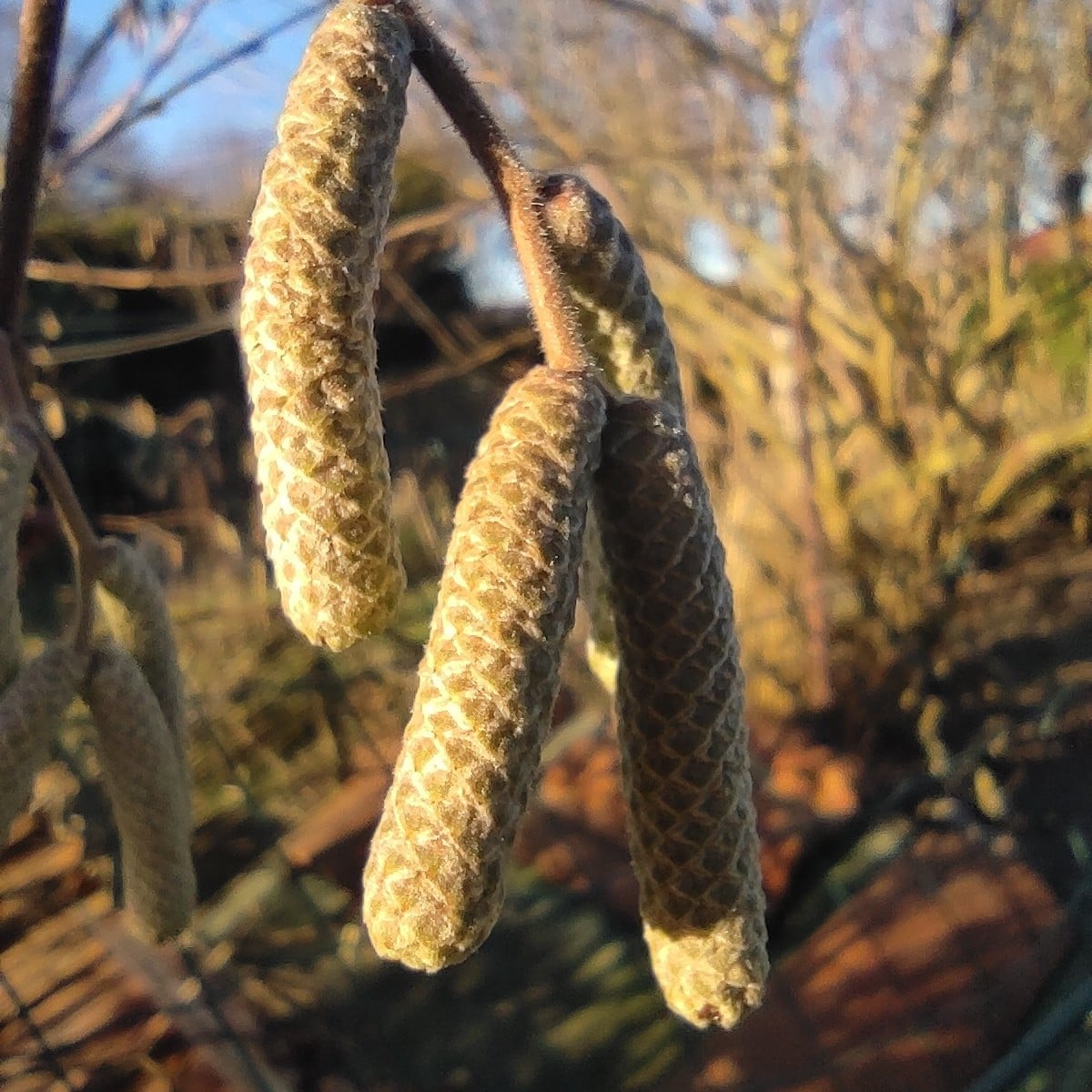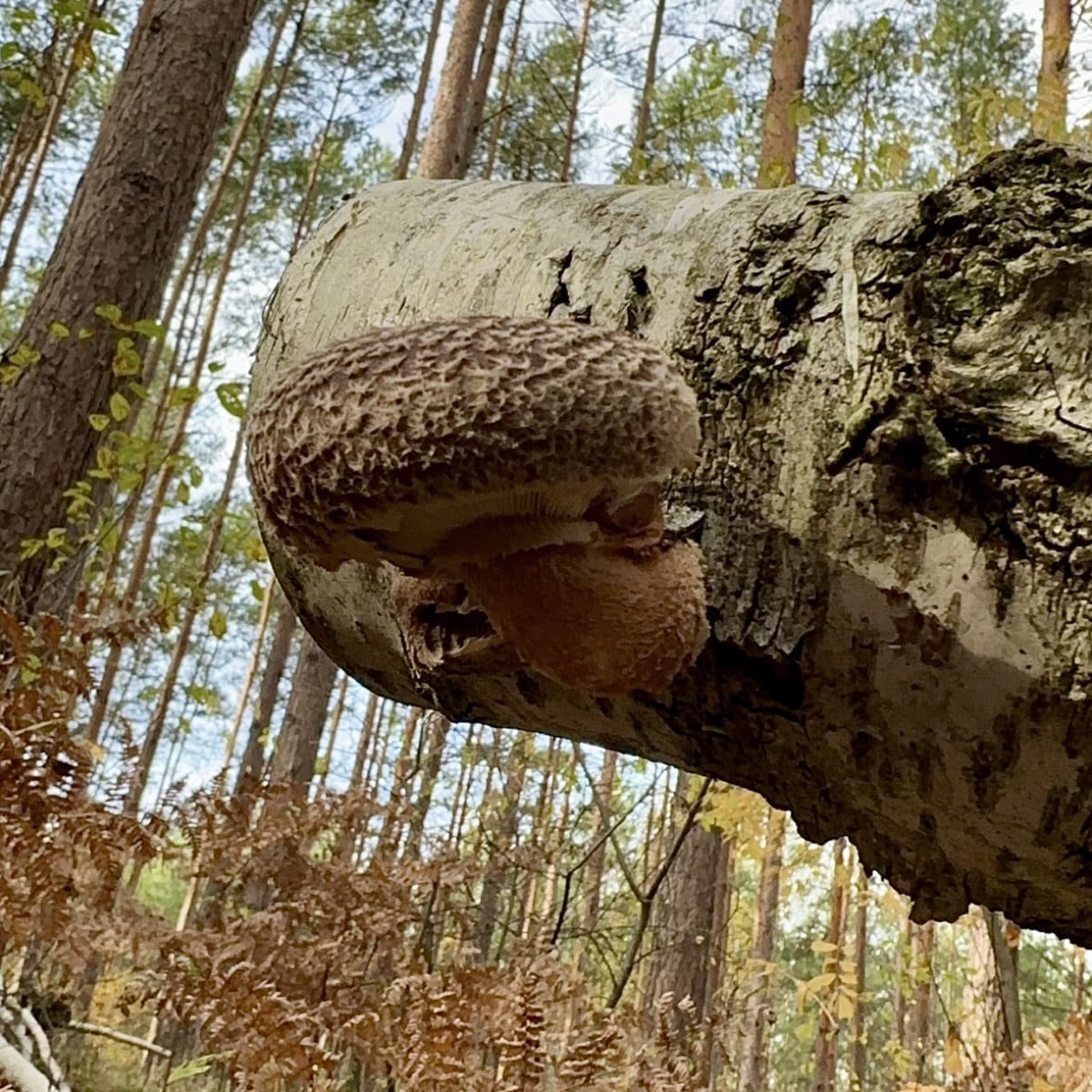
What Is the Difference Between Fruit and Vegetables?
Everyone knows the smart aleck who says things like: "Strawberries aren't really berries at all, they're fruits!" or "So, technically, peppers aren't really vegetables, they're fruits! Most people are probably thinking "What a smartass" - this article is not for them. But if you're like me and want to know everything there is to know about the world of botany, then you've come to the right place! Because today, I'm going to let you in on the secret of the differences between fruits and vegetables.
There are various definitions of fruits and vegetables, some of which are contradictory. This post is about the botanical definitions. Because botany is the science of plants, let's take a look at what botany has to say about fruits and vegetables.
A Fundamental Difference: Fruit vs. Vegetables
A fruit is a flower in the state of seed maturation. It is therefore the sexual reproductive organ of a plant. When the seeds inside are able to germinate and form a new plant, the fruit is ripe in the botanical sense.
Vegetables, on the other hand, are all those parts of the plant that are eaten raw or cooked by humans but are not used by the plant for sexual reproduction. These can be leaves, such as Spinach, stems, such as celery stalks, roots, such as Carrots, or tubers, such as Kohlrabi.
A Small but Subtle Difference: Fruit vs. Fruit Vegetable
There are many different subdivisions of fruit. The most common subdivision classifies all fruits that can be eaten fresh and have a sweet taste as fruits. Anything that requires preparation is a fruit or a fruit vegetable. This is where the definition gets a little vague. Peppers are probably the best example. It can be eaten raw and tastes slightly sweet. However, it is usually used cooked in savory dishes or raw in salads.
Different Types of Fruit
Botanists speak of a berry when the fruit's skin is fleshy or juicy in the broadest sense, that is, when there is pulp. Examples of such "botanical berries" are currants and bell peppers. If the inner part of the fruit skin - the so-called "endocarp" - is woody, it is a stone fruit. Classic drupes are cherries, peaches, and plums. If the entire shell of the fruit is lignified, it is called a nut in botany, such as the hazelnut. Aggregate fruits are when several small individual fruits have grown together to form one large fruit. For example, the raspberry is an aggregate stone fruit.
Botany is like its own language, with its own vocabulary. I hope I've introduced you to a few of them in this text, and that you've picked up a few fun facts and clever jokes for your next garden fence conversation with your neighbor! And let's face it: all these definitions are pretty irrelevant - the main thing is that the plants grow and the harvest tastes good. The intuitive understanding we have of fruits and vegetables is usually enough: if it's savory, it's a vegetable; if it's sweet, it's a fruit.
If you have any questions or comments, please write to us at [email protected] or share your experiences with us on social media. To make sure you don't miss any more articles, follow us on Instagram and Facebook or sign up directly for our newsletter.
Want to get helpful gardening tips all year round and plan your own beds in the best possible way? Then register here or download the Fryd app for Android or iOS.
Fryd - Your digital bed planner

Jonas
Jonas studied agricultural biology. He discovered his passion for plants and gardening through an internship at a permaculture NGO. Since then, he has been gardening on his balcony and in community gardens.
Learn MoreCurrent Topics in the Community

Liked 1 times
The chickens are not happy about the cold weather.
Show 1 answer
Liked 1 times
Without words
Show 1 answer
Liked 4 times
It may have actually worked with the shiitake smuggled into the fallen birch tree in our forest 🍄
Popular Articles

Overwintering Parsley: How to Do It Successfully

How to Grow Lettuce in Winter: Varieties, Sowing, Harvesting

Growing Sage Plant: Tips for Sowing and Harvesting

What Herbs Can Be Planted Together?

Create & Design a Permaculture Garden

Overwintering Plants: Tubs, Pots and Raised Beds

Pruning, Fertilizing & Propagating Currants: Care Tips

Pruning Raspberries: How to Do It

Vegetable Garden With Greenhouse: How to Use Greenhouse Effect

Winterizing Beds and the Garden: How to Do It